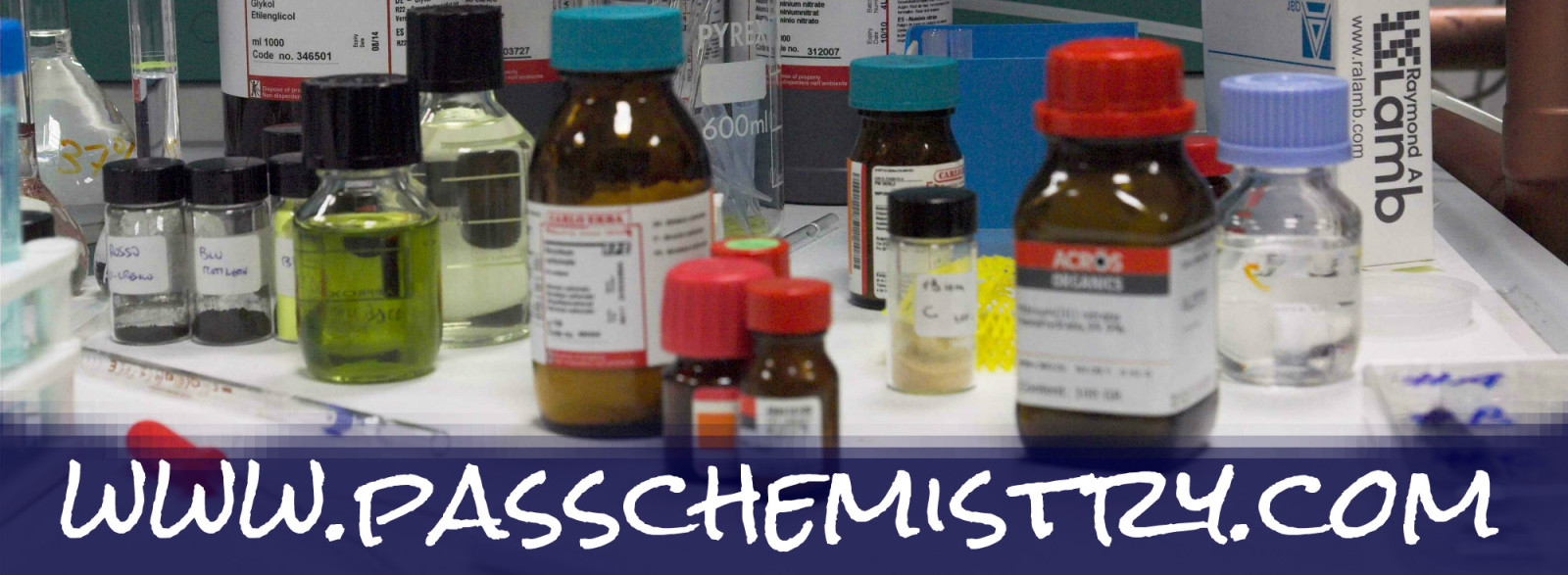The abbreviation MSDS stands for Material Safety Data Sheet. An MSDS contains useful information for those working with the chemical or for emergency personnel in the event of a spill or accident. Before you handle a chemical during lab you should consult the MSDS so that you know potential hazards of working with the chemical and how to handle it safetly. An MSDS can vary in form, but most MSDS documents will include information such as physical properties of the chemical (like melting point, boiling point, and density), possible health effects, first aid procedures, toxicity, storage, disposal, and other information about the chemical.
MSDS Activity:
Directions: During this activity you will consult a real MSDS for a common chemical, ethylene glycol. Ethylene glycol is an ingredient in the antifreeze used in your car. Go to the website: http://avogadro.chem.iastate.edu/MSDS/MSDS_E.html Choose “ethylene glycol” from the alphabetical list. Use the MSDS for ethylene glycol to help you answer the following questions:
Questions:
1. If you encounter an emergency while using ethylene glycol, what phone number can you call for help?
2. Describe three of the physical properties of ethylene glycol.
3. What should you do if you get ethylene glycol on your skin?
4. What should you do for a person who has inhaled ethylene glycol?
5. If someone gets ethylene glycol in their eyes, what should they do?
6. What organs or body systems are most affected by ethylene glycol?
7. If a container of ethylene glycol leaks, how should you clean up the spill?
8. How should this chemical be stored?
9. Should you wear chemical safety goggles when working with ethylene glycol?
10. What is the chemical formula for ethylene glycol?
11. What is the solubility of ethylene glycol?
12. What environmental effects can ethylene glycol cause if it was accidentally spilled?
13. What are some other names for ethylene glycol?
